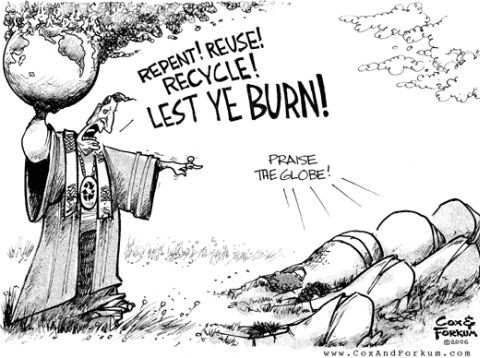I have the Netvibes dashboard load as one of my homepages, making sure that I see the headlines in my research areas of interest. Because the dashboard is full of RSS feeds (as well as other widgets), it automatically updates, making my research time more efficient and easy. As opposed to an iGoogle homepage, the Netvibes dashboard allows for tabbed feeds, where dozens of tabs organize feeds by topic area. The set-up and organize of each tab can be changed in terms of columns and how many headlines the feeds draw. The site advertises "limitless personalization" from background art to widgets and apps, custom layouts, and RSS feed options.
This is the homepage of my dashboard, which has a weather app, general news feeds, a to-do list, and notepad. Each tab has a different research interest and toggling between tabs brings up new feeds and apps that I've loaded to the page. Adding the feeds are as easy as copying the link to the RSS feed on a website and pasting it in the "Add Content" tab at the top left corner of the dashboard. This adds a box to the page that updates with headlines and articles. I primarily use GoogleNews, JSTOR updates, and professional blogs to populate my tabs. My background is a nice, relaxing beach as a personal touch to the dashboard.
The benefits of this tool (similar to other dashboards) are multiple. I find Netvibes the most convenient and intuitive to use, but the salient point is that these dashboard and RSS feeds can deliver relevant news and journal articles in various topics to one location.
- With minimal set-up, the RSS feeds automatically pull in information
- Dashboard can be accesses anywhere with an internet connection
- Apps and widgets, such as weather, notepads, and to-do lists (with hundreds of others) are easily added through the "add content" link
- Tabs organize and separate different research topics with no limit in the number of tabs
- Adding content is as easy as copying and pasting links
- Easily delete and modify feeds
- PagetoRSS makes sites without RSS feeds easily accessible on a dashboard
The Netvibes's dashboards are automatically private, but people can publish their dashboards or share them with others. Additionally, premium features are available for those who are willing or for some reason need extra features and functionality.
There is an overwhelming amount of information online. Checking one location instead of multiple locations helps save time and sanity for scholars of any discipline. Whichever dashboard works best for you, make sure to update it and routinely check it, so you will always be up-to-date on timely, important, and relevant news for your research interests.






